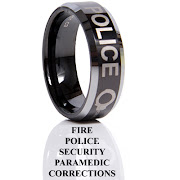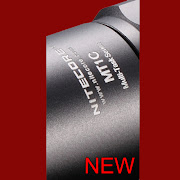Test for
Perfect Pair of Tactical Boots in Canada
1.
Holding your foot
Your boot should be wide enough so
your toes aren’t crowded. Boots you select should be comfortable and a good
fit. Comfort and a good fit with allow you to wear your boots all day and
minimize the chances of blisters.
2. Size and Width
A boot should feature the correct length
of boot from heel to toe and have adequate width to comfortably fit your foot.
3. Measurement
Although, you may be sure about
your foot size, try on different sizes and remember they come in half sizes.
4. Try them with socks




















